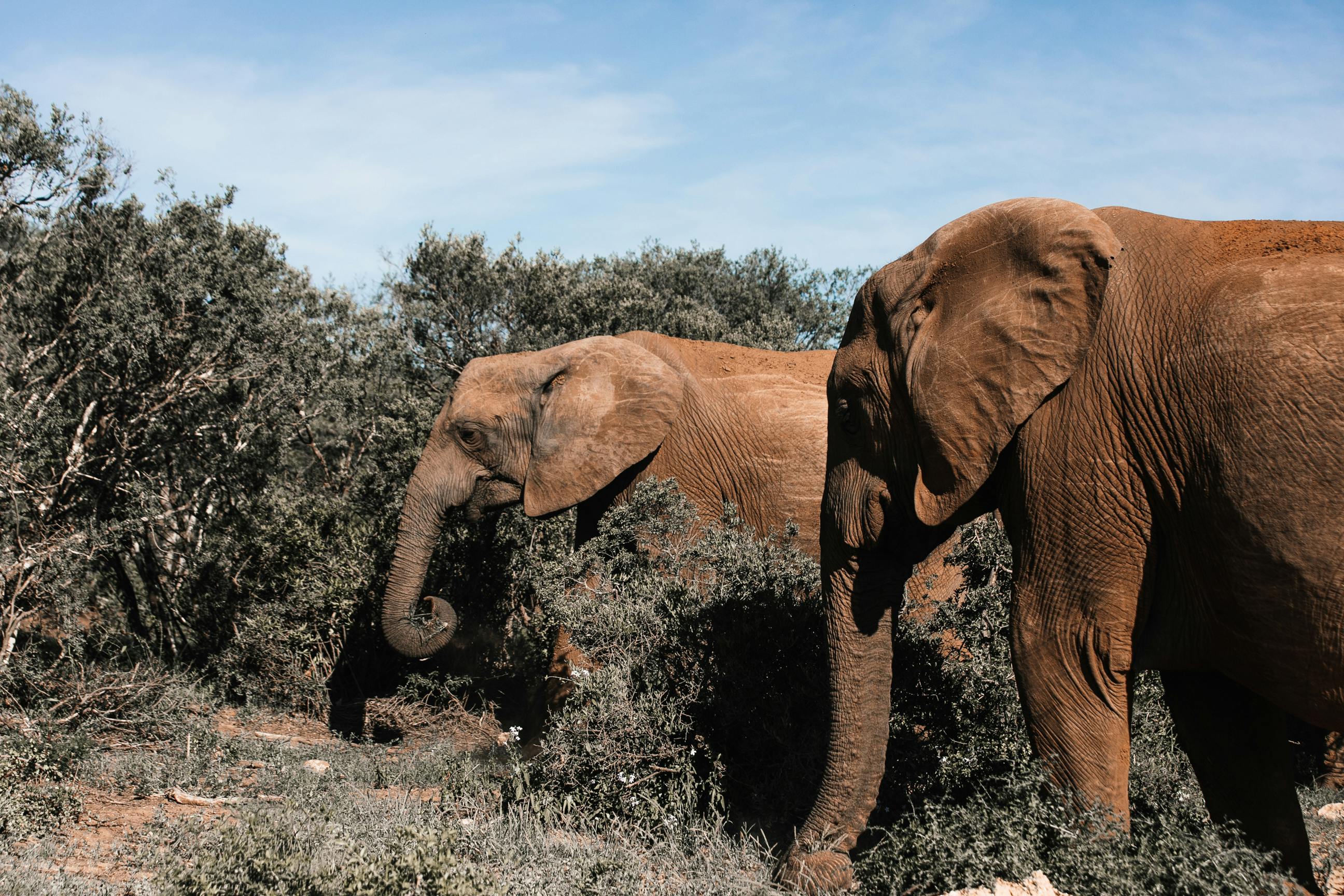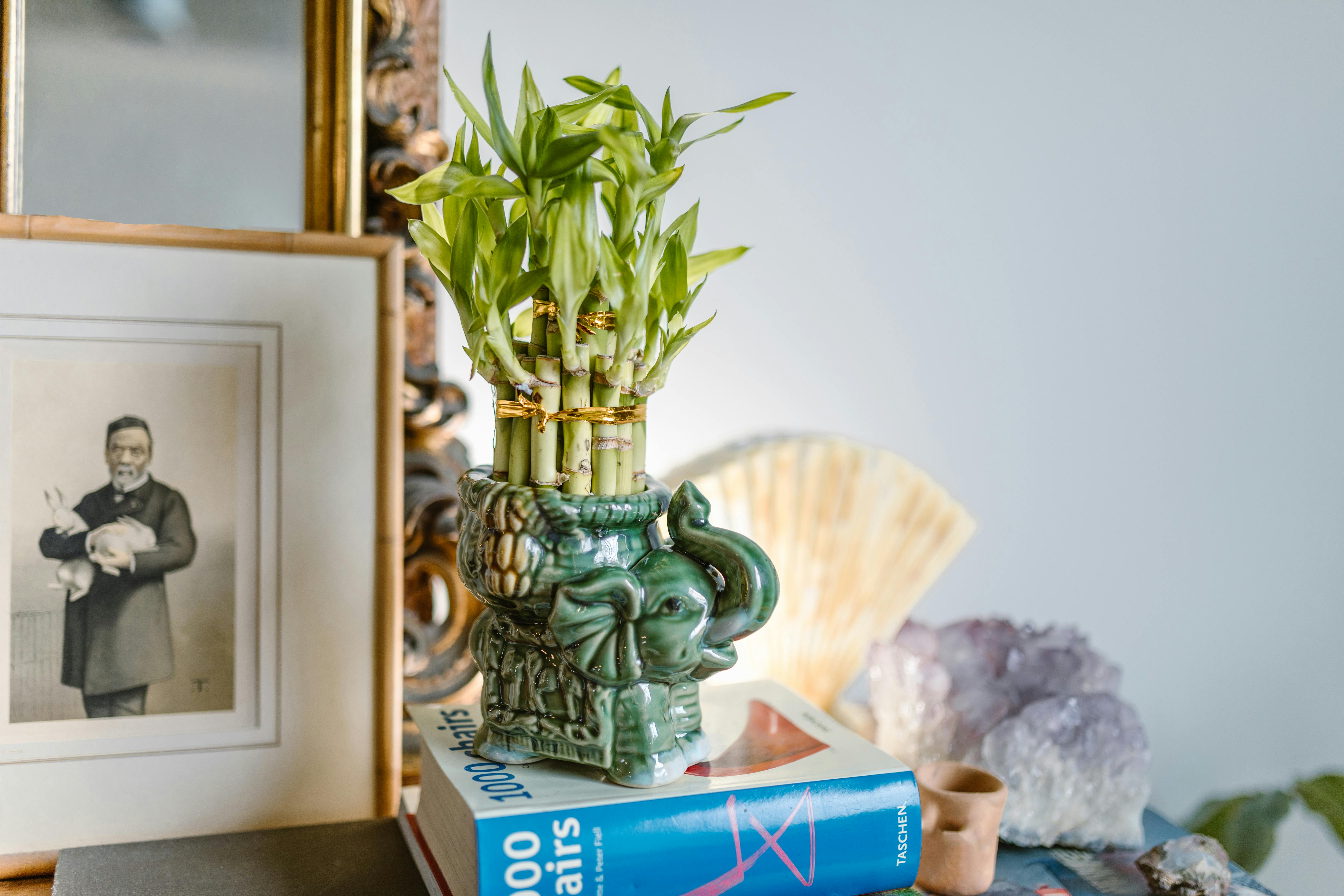Propagating an elephant ear plant is a great way to increase your collection of these large, tropical plants. The process is relatively easy and can be completed with a few simple steps. With the right care and attention, you can enjoy a beautiful new addition to your garden or home in no time. Read on to learn how to propagate an elephant ear plant.An Elephant Ear Plant is a tropical plant with large, heart-shaped leaves. Its leaves can reach up to 3 feet long and 2 feet wide, giving it an elephant-like appearance. The plant is native to India, Southeast Asia, and parts of the Caribbean, but it can be grown in many other warm climates. It prefers moist soil and lots of sunlight.
How to Plant Elephant Ear Bulbs
Planting elephant ear bulbs is a great way to add a unique and exotic look to your garden. Elephant ear bulbs are large, bulbous roots that are native to many tropical regions and can grow to be very tall. Once planted in the right conditions, these bulbs will provide a lush and beautiful backdrop for your garden. In order to successfully plant elephant ear bulbs, you’ll need to know what conditions they need in order to thrive.
The first step in planting elephant ear bulbs is choosing the right site for them. Elephant ears love warm, humid climates and should be planted in an area with full sun or partial shade. It’s also important that the soil drains well since too much water can cause the bulb to rot. When selecting a spot for your elephant ears, take into account any nearby trees or shrubs that may create shade during certain times of the day.
Once you’ve chosen an ideal spot for your elephant ears, it’s time to prepare the soil. The soil should be light and airy with plenty of organic matter mixed in. You can add compost or aged manure before planting to ensure that the soil has adequate nutrients for the plants to thrive. Make sure that you also work some lime into the soil as well since elephant ears prefer slightly acidic soils.
When it comes time to plant your elephant ear bulbs, dig holes about 8-10 inches deep and about 18 inches apart from one another. Place each bulb at the bottom of its hole with the pointed end facing upwards and then cover with soil until it is just barely visible at the surface of the ground. Water thoroughly after planting and keep moist until germination occurs, which may take several weeks.
After germination has occurred, keep an eye out for any potential pests or diseases that might affect your plants. Elephant ears are susceptible to fungal diseases such as root rot and leaf spot so make sure you check for any signs of infection regularly. Once established, these plants are relatively carefree but may require occasional watering during dry periods.
With proper care and maintenance, your elephant ear bulbs will produce beautiful foliage all season long!
Water Requirements for Elephant Ear Plants
Elephant ear plants require consistently moist soil, but should not be left to stand in water. They should be watered when the top inch of soil is dry to the touch. The soil should remain damp at all times. During the summer months, plants may need to be watered more often than during the winter months. If the leaves start to brown or curl this can be a sign of over-watering or under-watering. To avoid this, it is important to keep track of how much water is being given and ensure that it is enough for the size of pot that the plant is in. It is also important to use a well-draining potting mix and ensure that excess water can drain away from the root system.
It is also important to provide adequate humidity for elephant ear plants as they are native to tropical regions and prefer high levels of humidity in order to thrive. If grown indoors, it is important to mist the leaves daily with a spray bottle and place a humidifier nearby. In outdoor gardens, elephant ears need plenty of shade and shelter from strong winds in order for them to thrive.
Sunlight Requirements for Elephant Ear Plants
Elephant ear plants require lots of sunlight to thrive. They must have at least six hours of direct sunlight each day, ideally in the morning or late afternoon. They can tolerate some partial shade, but they will not perform as well without full sun. If you live in an area with mild winters, you can leave your elephant ear plant outdoors all year round. If your climate is colder, you should bring it indoors during the winter months and provide it with plenty of light from a sunny window.
It is important to note that too much sunlight can be harmful to elephant ear plants. If the leaves start to yellow or become discolored, it may be a sign that they are getting too much sun and need to be moved into a shadier location. Additionally, when temperatures rise above 80°F (27°C), you may need to provide some extra shade for your plant even if it is in a sunny location. With proper care and the right amount of sunlight, your elephant ear plant should thrive and produce beautiful foliage all year round.
Fertilizing Elephant Ear Plants
Elephant ear plants (Colocasia spp.) are a type of tropical perennial that can be grown indoors or outdoors in USDA plant hardiness zones 9 through 11. These plants require regular fertilizing to maintain their lush foliage and attractive blooms. To ensure the best results, fertilizer should be applied at the beginning of the growing season and then again in mid-season. It is important to use a fertilizer that is specially formulated for elephant ear plants and is high in nitrogen, phosphorus, and potassium. When applying fertilizer, it should be worked into the soil around the base of each plant, avoiding contact with the leaves. Watering should follow immediately after application to help distribute the nutrients throughout the soil.
It is important to note that over-fertilization can cause damage to your elephant ear plants. Therefore, it is important to follow directions on your fertilizer label carefully and only apply what is recommended for your particular type of plant. Additionally, it may be beneficial to have your soil tested prior to fertilizing in order to determine exactly how much fertilizer will be required for optimal growth and health of your plants.

Propagating Elephant Ear Plant by Division
Elephant ear plants, also known as caladiums, are a popular choice for adding a tropical look to gardens and patios. They are easy to propagate by division and can quickly fill in large areas with their lush foliage. Follow the steps below to divide your elephant ear plant and create more plants for your garden.
Start by carefully digging up the clump of elephant ears you wish to divide. You will need a sharp spade or knife to cut through the thick root system. Make sure you leave enough soil around each division so that the roots won’t be damaged during the process.
Once you have divided the clump of elephant ears, you will need to replant each section into separate pots or beds. Make sure to use well-draining soil and water each section thoroughly after planting. It is important to water them regularly until they have established healthy root systems in their new locations.
Fertilize each division with an all-purpose fertilizer every few weeks during the growing season (spring through fall). This will help encourage healthy growth and ensure that each division has enough nutrients for optimal growth. Additionally, be sure to remove any dead or wilted leaves from time to time as this will help prevent disease from spreading throughout your plants.
With some regular care and attention, your divisions of elephant ear plants will quickly form a lush display in your garden or patio!
Propagating Elephant Ear Plants from Seeds
Propagating elephant ear plants from seed is a relatively easy process. The seeds need to be soaked in water overnight and then planted in a well-draining soil mix. To ensure that the roots are able to penetrate the soil easily, it is important to use a pot with drainage holes. Place the pot in an area where it will receive indirect sunlight. Once the seeds germinate, the plant should be repotted into a larger container and fertilized regularly with an all-purpose fertilizer. It is important to provide adequate water and humidity for the plant to thrive.
After about six months, when the plant has grown large enough, it can be divided or propagated through cuttings. To do this, carefully remove the plant from its pot and gently divide it into two or more sections using a sharp knife or pruning shears. Each section should have at least one healthy leaf and some roots attached. Replant each section into its own pot filled with fresh soil mix, and place them back in their original spot in indirect light.
While propagating elephant ear plants from seed can be done quite easily, it’s important to remember that they require regular attention throughout their lifecycle. This includes providing adequate water, fertilizing regularly, and providing them with adequate humidity levels so that they can thrive in their environment. With proper care, these beautiful houseplants can last for many years!
Propagating Elephant Ear Plant by Offsets
Elephant ear plants are a beautiful addition to any garden. They are easy to care for and propagate. Propagating elephant ear plants by offsets is a simple process that can be done at home.
The first step in propagating elephant ear plants is to find offsets. These are small shoots that grow off the main plant, usually around the base of the stem. It is important to make sure these offsets are healthy before attempting to propagate them. Look for ones that have strong stems, healthy leaves, and plenty of roots.
Once you have identified the offsets you want to use for propagation, it’s time to take them off the main plant. Using a sharp knife or pair of scissors, carefully cut the offset away from the main plant. Make sure you leave enough of the stem attached to each offset so they can continue growing after they have been transplanted.
Once all of your offsets have been cut away from the mother plant, it’s time to prepare them for transplanting. Fill a pot with well-draining soil and make sure there is enough room for each offset’s roots and foliage. Gently place each offset into its own hole in the soil and press down lightly around it so it has good contact with its new home.
Water your newly planted offsets well but don’t overwater them as this could cause root rot or other problems. Keep an eye on your offsets as they grow and make sure they get plenty of sunlight and water when needed. With proper care, your elephant ear plants should start producing new growth within a few weeks!

Conclusion
Propagating elephant ear plants is relatively easy and can be done in a variety of ways. You can propagate this plant with stem cuttings, division, or air layering. Depending on the method you select, propagation can take anywhere from several weeks to several months.
In addition to propagating your own elephant ear plant, you should also make sure to provide your plant with plenty of light and water. You’ll also need to fertilize the soil regularly to help ensure healthy growth. With the right care and attention, you can easily propagate and care for your elephant ear plant for years to come.
Propagating an elephant ear plant is a great way to save money while also having fun in the process. With a little patience and understanding of how each propagation method works, you’ll be able to have a thriving elephant ear plant in no time.

